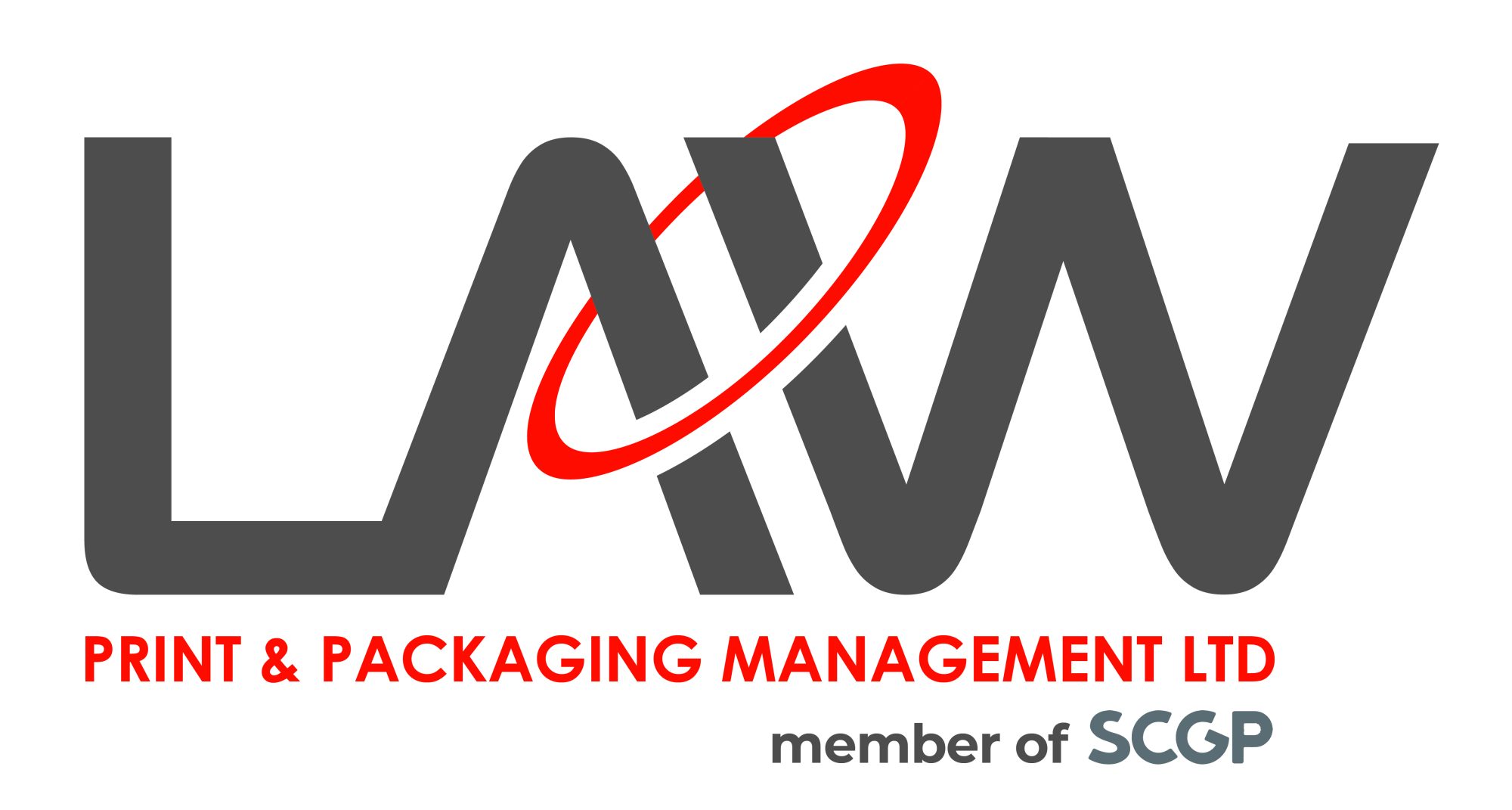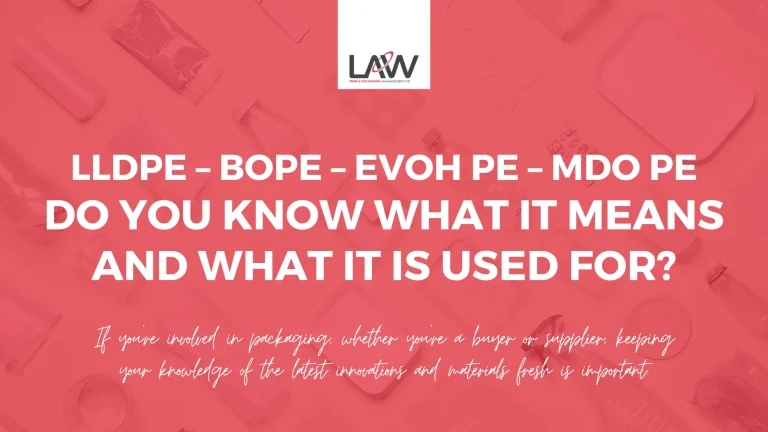If you’re involved in packaging, whether you’re a buyer or supplier, keeping your knowledge of the latest innovations and materials fresh should be something you actively do throughout the year.
The team here at Law Print do just that. We do it because we want to make sure we’re informing our current or potential customers correctly. Especially when it comes to their packaging purchasing requirements.
In this blog, we’re shining the spotlight on a few materials that crop up in our enquiries box on a regular basis. Some of which are materials that we use often. Some of which are materials that we offer when it is only when necessary.
The materials we’re looking at in particular are LLDPE, BOPE, EVOH-PE and MDOPE.
Polyethylene is a versatile material and can be extruded and treated in an array of different ways.
There are a few key differences between each material and the way it is used, that may make all the difference to your product’s performance, shelf-life and user-friendliness. Read on to find out more about these materials and why they may or may not be suitable for your product.
LLDPE
What is LLDPE?
LLDPE stands for Linear Low-Density Polyethylene and is a substantially linear polymer (polyethylene). LLDPE has higher tensile strength and higher impact and puncture resistance than LDPE. It is very flexible and elongates under stress.
What are the benefits of LLDPE?
Although used for many different applications, LLDPE is mainly used for plastic shopping bags. In terms of flexible packaging, the inner sealing layer is for pre-made bags and pouches. It is also recyclable as a mono material structure when laminated to an outer PE layer. Many supermarkets in the UK are now providing special bins for this kind of material, as it is not always collected at the kerbside.
BOPE
What is BOPE?
BOPE is an acronym of the term Bi-axially Oriented Polyethylene, a chemical designation for a category of flexible plastic films created under specific conditions. This specification of Polyethylene (PE) film is manufactured using a ‘blown’ process, meaning that the plastic sheeting is pulled in two directions, otherwise known as ‘bi-axially’ stretched.
What is BOPE used for?
BOPE is a stronger material that is mostly used for packaging products such as building materials, and is now more and more commonly used as the outer layer in the mono material structure of flexible packaging, such as recyclable pet food bags.
EVOH-PE
What is EVOH PE?
EVOH stands for Ethylene-Vinyl alcohol and is a flexible, crystal clear, glossy thermoplastic copolymer polyethylene. It is commonly used to protect and preserve the shelf life of a product. This is in a hermetically sealed bag, limiting the number of gases migrating through the packaging.
It is often a misconception to believe that if you want to move to recyclable PE/PE packaging for your products, you need to have EVOH. Standard PE film can be perfectly suitable on its own, and EVOH is only required for some product applications.
What are the benefits of EVOH-PE?
EVOH coating is known for giving some of the best barrier resistance to gases such as oxygen, nitrogen and carbon dioxide – ideal for packing food, pet food, drugs, cosmetics and other perishable products. This is why polyethylene is often recommended by packers who use gas flushing (which involves replacing the oxygen inside the bag with nitrogen) to pack food or pet food content, to give better protection and extended shelf-life.
MDOPE
What is MDOPE?
Machine-direction orientation (MDO) film is made where a polymer film is heated to a temperature slightly below its melting point and stretched in a particular orientation. The film can be cast on an MDO machine, or this step is introduced as the last stage in the manufacture of blown films.
What are the benefits of MDOPE?
Machine-direction orientation (MDO) film has a growing presence in food and consumer packaging. In recent months, the confectionery and snacks marketplace has been requesting the industry for a metallised MDOPE-based film.
What is MDOPE used for?
MDO-PE is primarily used for packing snacks, but can be used for pouches and bags in other sectors.

So there we have it! We hope this blog on polyethylene has given you some useful information. Use it so that you can be better informed when it comes to purchasing packaging for your next project. If there’s anything more you’d like to know, please get in touch with us.
If your brand is looking to invest in quality packaging, we will guide you through the entire print process. Providing recommendations along the way to improve efficiency, reduce costs and add untold value to the end product.


